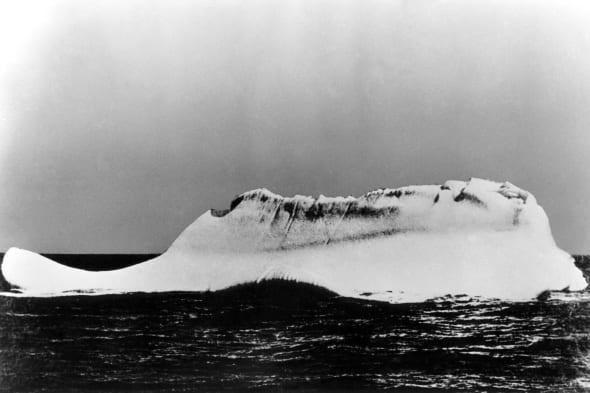Experts dispute Titanic iceberg theory

The Titanic did not face a higher than normal number of icebergs in its fateful voyage, academics now claim.
Previous theories had said the seas on which it sailed had an exceptional number of icebergs caused by lunar or solar effects.
But, ahead of the 102nd anniversary of the sinking, researchers from the University of Sheffield have attempted to dispel what they say is a myth and claimed the risk is much greater now.
Professor Grant Bigg, who led the research, said: "We have seen that 1912 was a year of raised iceberg hazard, but not exceptionally so in the long term.
"1909 recorded a slightly higher number of icebergs and more recently the risk has been much greater - between 1991 and 2000 eight of the ten years recorded more than 700 icebergs and five exceeded the 1912 total."
"As use of the Arctic, in particular, increases in the future with the declining sea-ice the ice hazard will increase in water not previously used for shipping.
"As polar ice sheets are increasingly losing mass as well, the iceberg risk is likely to increase in the future, rather than decline."
The team conducting the research used data on iceberg locations dating back to 1913.
The iceberg which sank the Titanic was spotted just before midnight on April 14, 1912 but despite quick action to slow the ship it wasn't enough and the ship sank in just two and a half hours.
Related articles
Critics slam floating hotel designed to look like the Titanic
Would you book a trip on the Titanic II?
Was a mirage to blame for the sinking of the Titanic?




